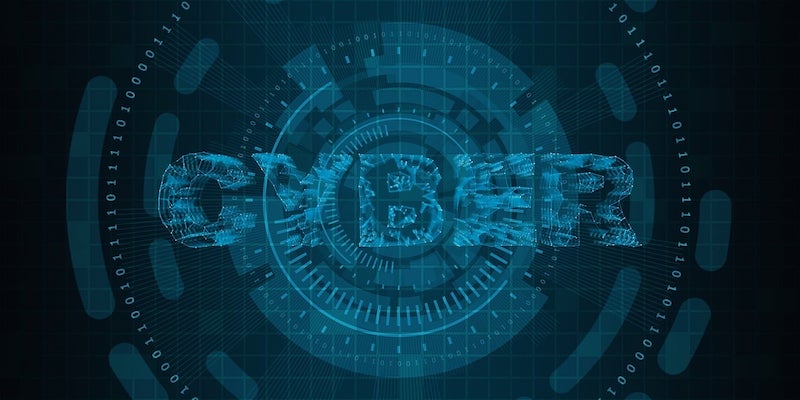Cybersecurity threats are constantly evolving, and it's essential to use the right tools and techniques to protect your computer systems and data. In this article, we will provide an introduction to cybersecurity tools and techniques, including the types of tools available and how they can be used to safeguard against cyber threats.
TL;DR: Cybersecurity tools and techniques are essential for protecting computer systems and data from cyber threats. Key tools include antivirus software, firewalls, VPNs, IDS/IPS, and vulnerability scanners. Effective techniques involve regularly updating software, using strong passwords, educating employees, enabling two-factor authentication, and creating regular backups. Combining these tools and techniques can help proactively safeguard against cyber attacks and minimize the risk of data breaches and security incidents.
Types of Cybersecurity Tools
There are many types of cybersecurity tools available, each designed to address specific threats and vulnerabilities. Some of the most common cybersecurity tools include:
-
Antivirus Software - Antivirus software is designed to detect and remove malware from your computer system.
-
Firewalls - Firewalls are network security systems that monitor and control incoming and outgoing traffic based on predefined security rules.
-
Virtual Private Networks (VPNs) - VPNs encrypt your internet traffic and protect your online privacy by hiding your IP address and location.
-
Intrusion Detection and Prevention Systems (IDS/IPS) - IDS/IPS tools monitor network traffic for potential security threats and take action to prevent attacks.
-
Vulnerability Scanners - Vulnerability scanners identify potential security vulnerabilities in your computer systems and network infrastructure.
Techniques for Cybersecurity
Along with using cybersecurity tools, implementing the right techniques is essential to protect your computer systems and data. Some of the most effective cybersecurity techniques include:
-
Regularly Updating Software - Keeping your software up-to-date is essential to ensure that any security vulnerabilities are patched promptly.
-
Using Strong Passwords - Using strong passwords can help prevent brute-force attacks and unauthorized access to your computer systems.
-
Educating Employees - Employee education is critical to prevent social engineering attacks and phishing scams.
-
Enabling Two-Factor Authentication - Two-factor authentication adds an extra layer of security to your accounts, making it harder for cybercriminals to gain access.
-
Creating Regular Backups - Creating regular backups of your important files and data can help mitigate the effects of ransomware attacks and other types of cyber threats.
In conclusion, cybersecurity tools and techniques are critical to protecting your computer systems and data from cyber threats. By implementing the right tools and techniques, you can take proactive steps to safeguard against cyber attacks and reduce the risk of data breaches and other security incidents. In future articles, we will explore specific cybersecurity tools and techniques in greater detail.
